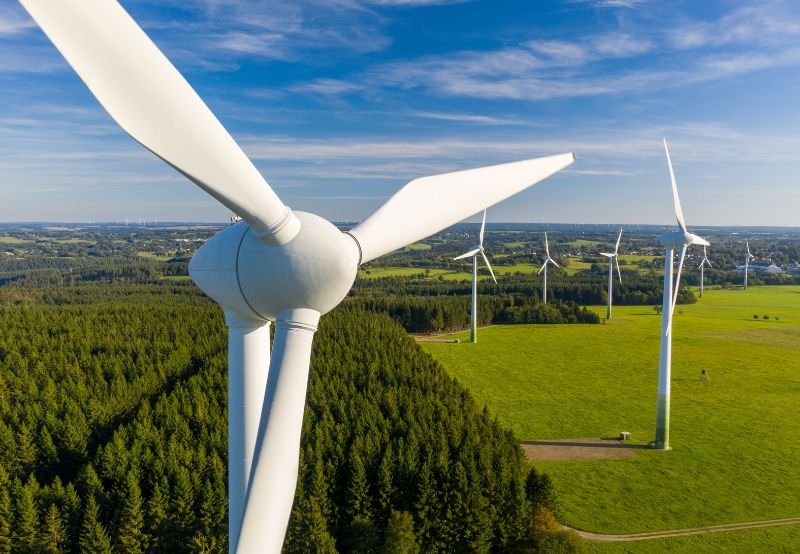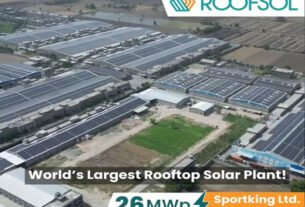The Ministry of New & Renewable Energy (MNRE) has introduced key amendments to the wind turbine approval process in India. These updates include:
🏷️ 1. RLMM Is Now ALMM (Wind)
- The Revised List of Models and Manufacturers (RLMM) has been renamed Approved List of Models and Manufacturers — ALMM (Wind).
🛠️ 2. Mandatory Use of Major Components from ALMM (Wind Turbine Components)
- From now on, manufacturers must use blades, towers, gearboxes, generators, and special bearings only from vendors listed in the new ALMM (Wind Turbine Components) registry.
- MNRE will form a technical inspection team to audit manufacturing facilities. Only approved facilities will appear in this published components list.
🔐 3. Data Localization & Indian R&D Mandates
- All turbine-related operational data must be stored within India; real-time data transfer abroad is prohibited.
- Operational control and R&D centers must also be established in India within one year of the amendment.
🧾 4. Exemptions & Transitional Arrangements
- Applies only to newly bid projects, except those commissioning within 18 months of the amendment.
- New manufacturers or turbine models are allowed a temporary exemption for up to 800 MW capacity over two years to encourage innovation.
🧭 Quick Summary Table
Change | What It Means |
RLMM → ALMM (Wind) | Rebranding the official approved list of turbine models/manufacturers |
Mandatory component sourcing | Key parts must come from ALMM-listed manufacturers |
Technical inspection | Audits of production facilities will verify vendor lists |
Data localization | All turbine data and control systems must be based in India |
R&D center ruirement | Facility for R&D in India mandatory for turbine makers |
Limited exemptions | Short-term relief for ongoing or small new projects |
✅ Bottom Line
The new MNRE amendment strengthens quality standards in wind turbine deployment by enforcing domestic sourcing, cybersecurity compliance, and infrastructure localization. It aligns with the country’s renewable drive while safeguarding local manufacturing interests.




